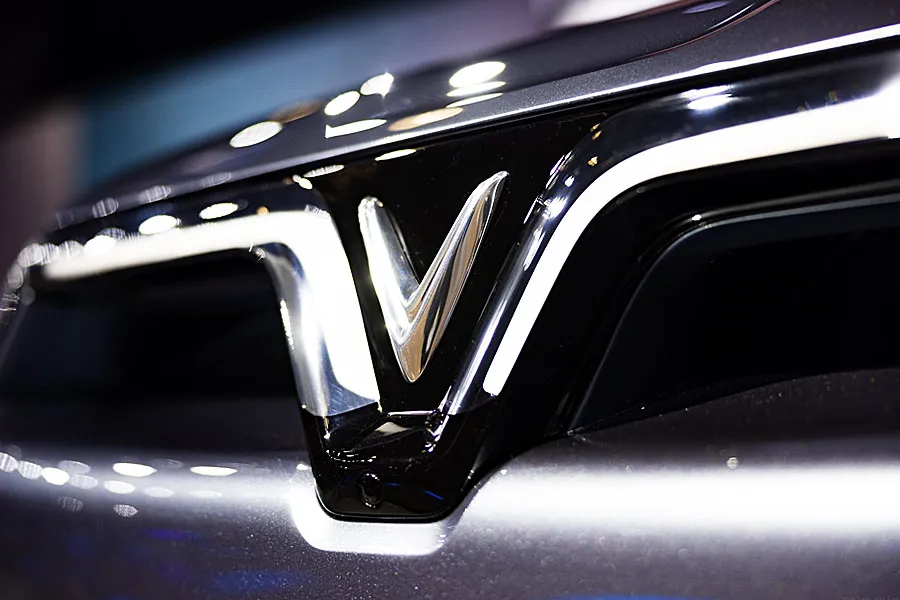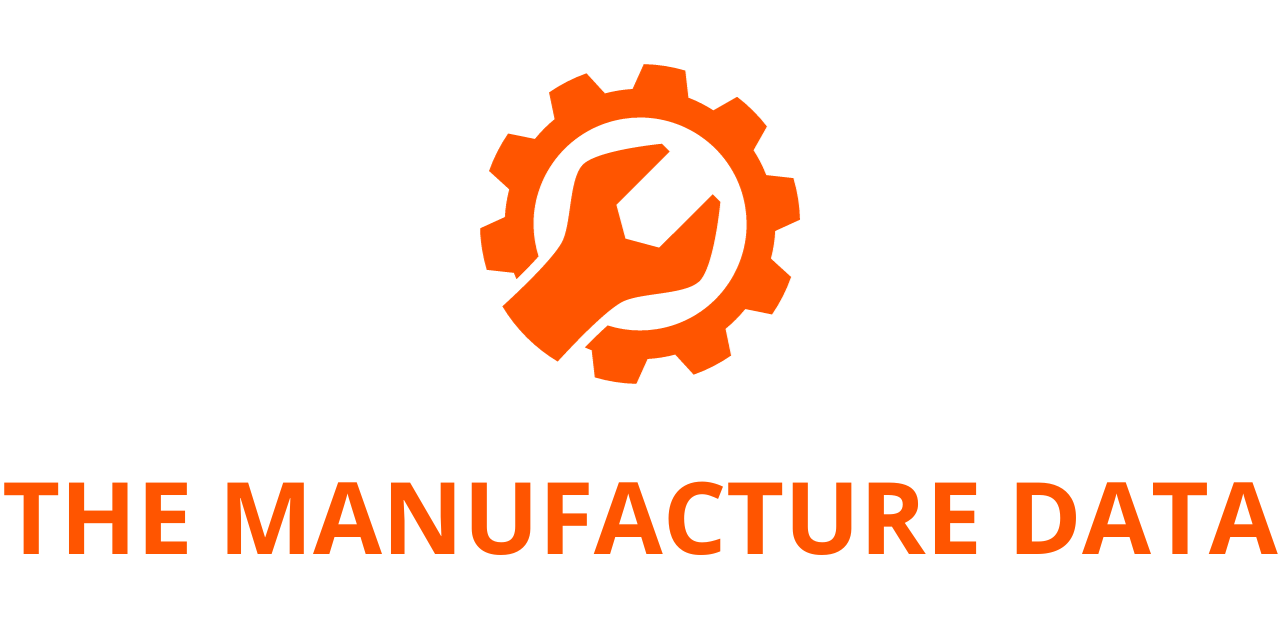
VinFast Leads the Charge in Canada as the Auto Industry Shifts from Product-Led to Customer-Led Sales
In an era defined by changing consumer expectations and heightened competition, industries across the board are moving away from product-centric business models toward customer-centric ones. The global auto sector is no exception. While flashy features, horsepower stats, and sleek designs once defined car sales, today’s discerning consumers are looking for more—they demand experiences, long-term value, transparency, and, above all, trust.
VinFast, the electric vehicle (EV) arm of Vietnamese conglomerate Vingroup, is setting a compelling example in the Canadian market. By prioritizing customer-led strategies over conventional product-first tactics, the company is not only redefining what it means to sell cars—but is also creating a model that other automakers may soon follow.
From Product to People: The Paradigm Shift in Sales
The shift from product-led to customer-led growth is being felt across nearly every major industry. In the past, companies believed that building a superior product would naturally attract and retain customers. Innovation was king, and sales strategies were built around product features, capabilities, and price points.
However, the market reality has evolved. With product innovation now happening faster and becoming more accessible, the differentiator is no longer just what a company sells, but how it supports, engages, and connects with its customers.
A landmark study conducted in 2019 by The Economist Intelligence Unit revealed that 81% of senior business executives across sectors reported feeling significant pressure to become more customer-focused. Further, 75% anticipated undergoing major organizational changes to meet that goal within the next few years.
Customer-led growth, therefore, is not just a buzzword—it’s a foundational strategy shift. It entails deeply understanding the needs, behaviors, and expectations of customers and structuring entire organizations around delivering personalized, consistent, and long-lasting value throughout the customer lifecycle.
In no industry is this shift more pronounced than in the automotive sector.
Rethinking Car Sales in the Age of Customer Experience
Buying a car has always been a major financial decision—second only to purchasing a home for many. But unlike the transactional model of yesteryears, today’s consumers are looking for relationships that continue far beyond the point of sale. They don’t just want to be “sold to”; they want to feel heard, valued, and cared for.
Modern car buyers expect:
- Pricing transparency: No hidden fees or confusing financing terms.
- Omnichannel experiences: A seamless transition between online research, digital configuration, and in-person showrooms.
- Robust after-sales support: Easy access to service, maintenance, and troubleshooting.
- Brand accountability: Clear warranties, accessible help lines, and prompt resolution when problems arise.
- Technology integration: Real-time service updates, smart vehicle apps, and easy access to charging infrastructure for EVs.
Automotive companies must now focus on building trust, providing end-to-end support, and creating emotional connections. These are the traits that win loyalty in an era where switching costs are low and options are abundant.
VinFast in Canada: A Case Study in Customer-Centric Sales

In Canada, where consumers are known for valuing long-term relationships and service reliability, VinFast has found fertile ground for its customer-first business model. The company made its official debut in the Canadian market in 2022 and has steadily built momentum—not through aggressive marketing or luxury positioning, but by delivering a consistent and empathetic customer experience.
VinFast’s flagship model for Canadian consumers is the VF 8, an all-electric mid-size SUV. At first glance, the VF 8 is a solid offering—sleek design, respectable range, competitive pricing. But what sets VinFast apart isn’t just the car—it’s everything that comes with it.
A Warranty That Reflects Commitment
One of VinFast’s most notable customer-centric features is its warranty package. While most automakers offer 3- to 5-year warranties, VinFast offers a 10-year or 200,000-kilometer vehicle warranty, with an unlimited-kilometer warranty for the battery under standard operating conditions.
This isn’t just a marketing hook. It’s a deliberate move to reassure customers who may be skeptical about trying a newer brand, particularly in a space as competitive and scrutinized as electric vehicles.
As Benoit Naud, a VF 8 owner based in Quebec, puts it: “Yes, that helped a lot. The warranty gave me confidence to try a new brand.”
Naud, like many Canadian drivers, was initially unsure about switching to an EV—let alone one from a relatively new company. But the warranty demonstrated a level of corporate accountability that many consumers crave.
Round-the-Clock Service and Real Human Support
In addition to offering an impressive warranty, VinFast has also committed to customer support that is available 24/7. The company’s hotline is not a generic call center experience—it is staffed by real, trained representatives who can resolve concerns and provide assistance in real time.
Naud recounts calling the hotline several times and being amazed by the response: “I’ve never seen this kind of service from any other company,” he said. “I’m always ready to recommend the VF 8.”
For new EV owners—many of whom are still adjusting to things like charging logistics, energy management, and software updates—having access to always-on customer support is invaluable.
Tackling Range Anxiety with Real Tools
One of the greatest psychological barriers to EV adoption is range anxiety. Drivers want to be confident they can find a charging station when and where they need it. VinFast has addressed this by developing an app that integrates North America’s most comprehensive public EV charging hub.
Unlike many OEM apps that are limited to proprietary networks or lack real-time data, the VinFast app aggregates charging stations from across providers, giving users more visibility and flexibility.
This proactive approach to problem-solving is the kind of customer-led thinking that builds long-term loyalty. VinFast isn’t just selling a vehicle—they’re solving problems that matter to real people.
A Digital-First Approach with a Human Touch
VinFast’s entire sales and service ecosystem in Canada is built on a digital-first framework. Customers can browse, customize, and even purchase vehicles online. The user interface is clean and intuitive, and the process is transparent.
But where the company excels is in integrating that digital journey with meaningful human support. Whether through live chat, customer service calls, or in-person events, VinFast maintains a strong human presence. They have opened VinFast Stores in major cities like Toronto and Montreal, not to push products, but to build connections, answer questions, and educate people about EV ownership.
Building Trust in a New Brand
Breaking into an established and highly competitive market like Canada is no small feat—especially for a relatively young company. Brands like Ford, Toyota, and Honda have decades of trust equity. VinFast, by contrast, is barely three years into its global expansion journey.
However, by prioritizing customer satisfaction at every stage, the company is gradually building that trust—one customer at a time.
It’s not about trying to outsell the giants overnight. It’s about showing up consistently, delivering on promises, and listening to feedback. This approach is quietly disruptive. While many legacy automakers still focus on unit sales and dealer volume, VinFast is playing a long game centered on loyalty and satisfaction.
The Bigger Picture: Why Customer-Led Thinking Is the Future
VinFast’s success in Canada is not just a story about one brand—it reflects a larger trend across the auto industry and beyond. As markets mature and competition increases, companies must find new ways to differentiate. Features and pricing alone are no longer enough.
Customer-led thinking builds value in a sustainable way. It turns buyers into advocates. It turns transactions into relationships. It creates resilience in markets where consumer sentiment can change quickly.
Moreover, it aligns with macroeconomic and demographic trends. Younger consumers, in particular, expect seamless, tech-enabled experiences backed by ethical brands. They want to know that companies care about their values and long-term wellbeing—not just their wallets.
Lessons for the Auto Industry
VinFast’s customer-centric strategy offers a few important lessons for the automotive industry:
- Customer loyalty starts with trust, not technology – People want reliability and honesty more than the latest gadget.
- Experience matters more than horsepower – A seamless, respectful, and engaging sales journey creates more long-term value than a few extra performance specs.
- Support is not optional – Companies must build systems for continuous support and quick problem resolution.
- Digital tools should enhance, not replace, human connection – The best experiences are tech-enabled but relationship-driven.
- Transparency builds credibility – From pricing to policies, customers reward companies that are open and accountable.
The Electric Future Is Human-Centric
The transition to electric vehicles is one of the most significant shifts in automotive history. But it’s not just about moving away from internal combustion engines—it’s about reimagining the entire customer journey.
VinFast’s Canadian strategy suggests that empathy, accessibility, and support will be just as important as range and performance. As EVs become more mainstream, how companies treat their customers will define who thrives and who fades into irrelevance.
In the end, cars may be built in factories—but loyalty is built in conversations, commitments, and care.




